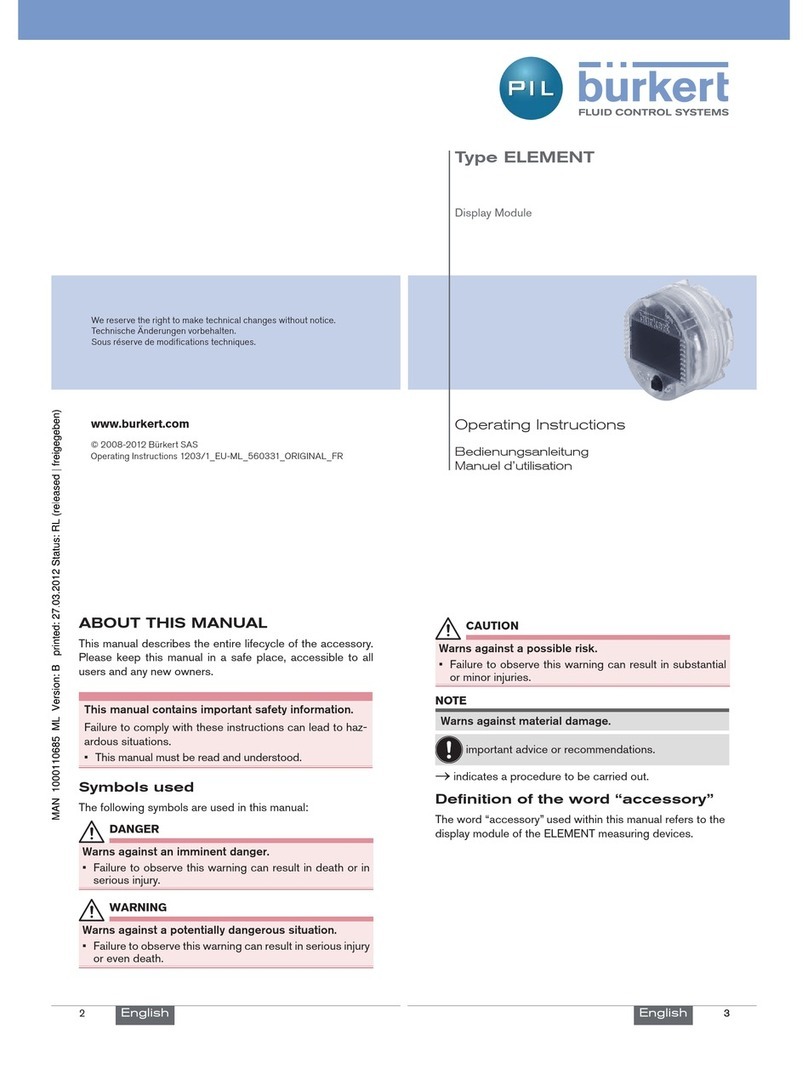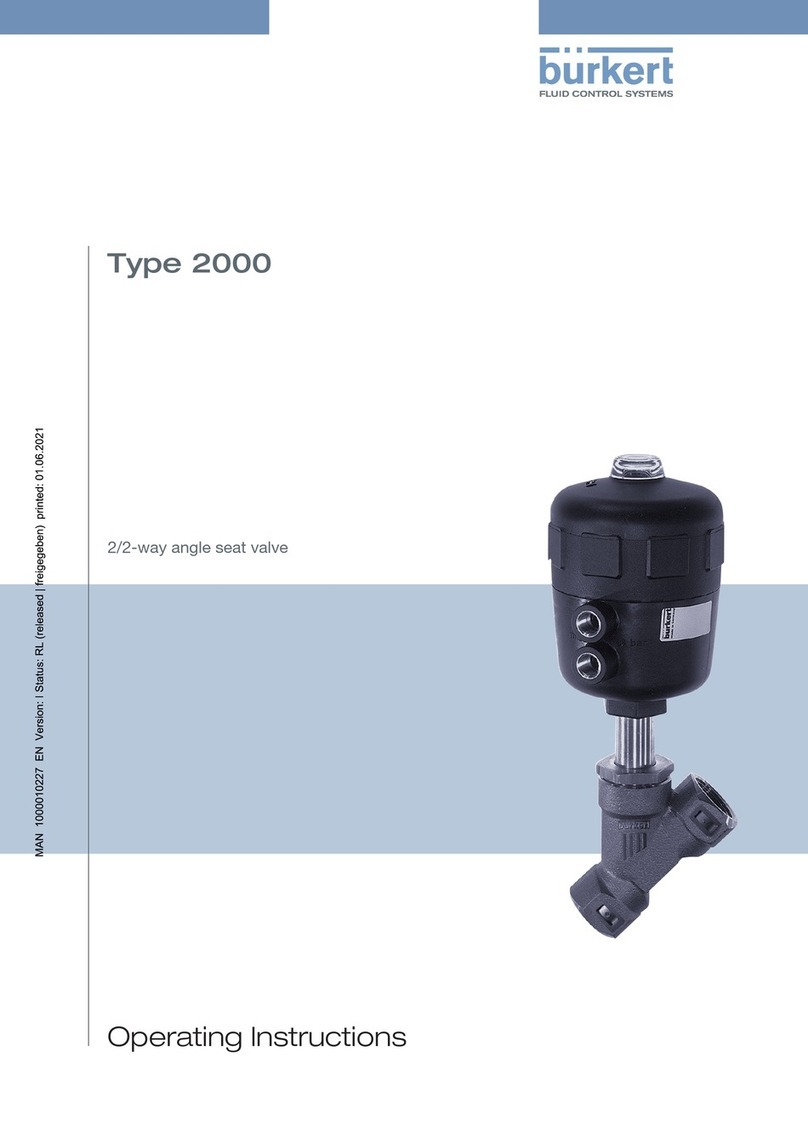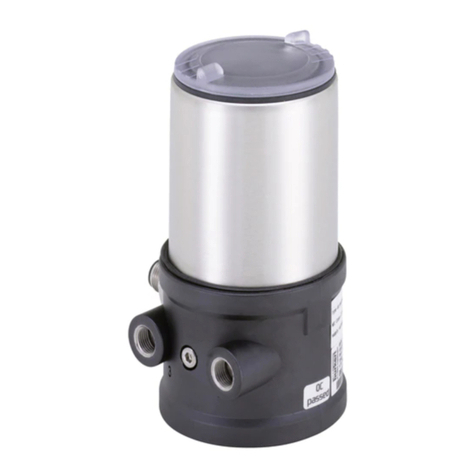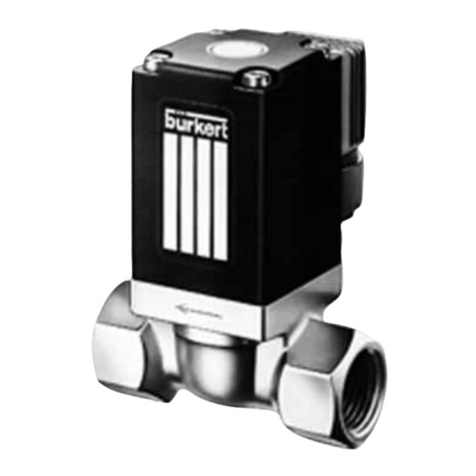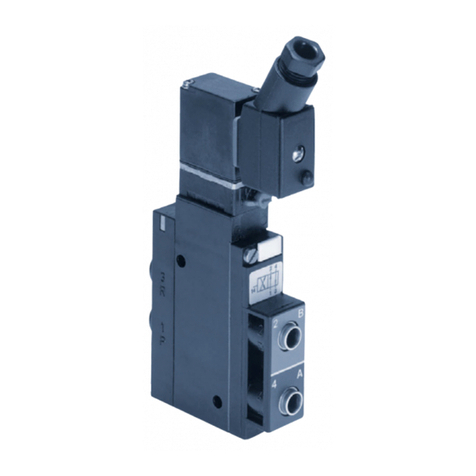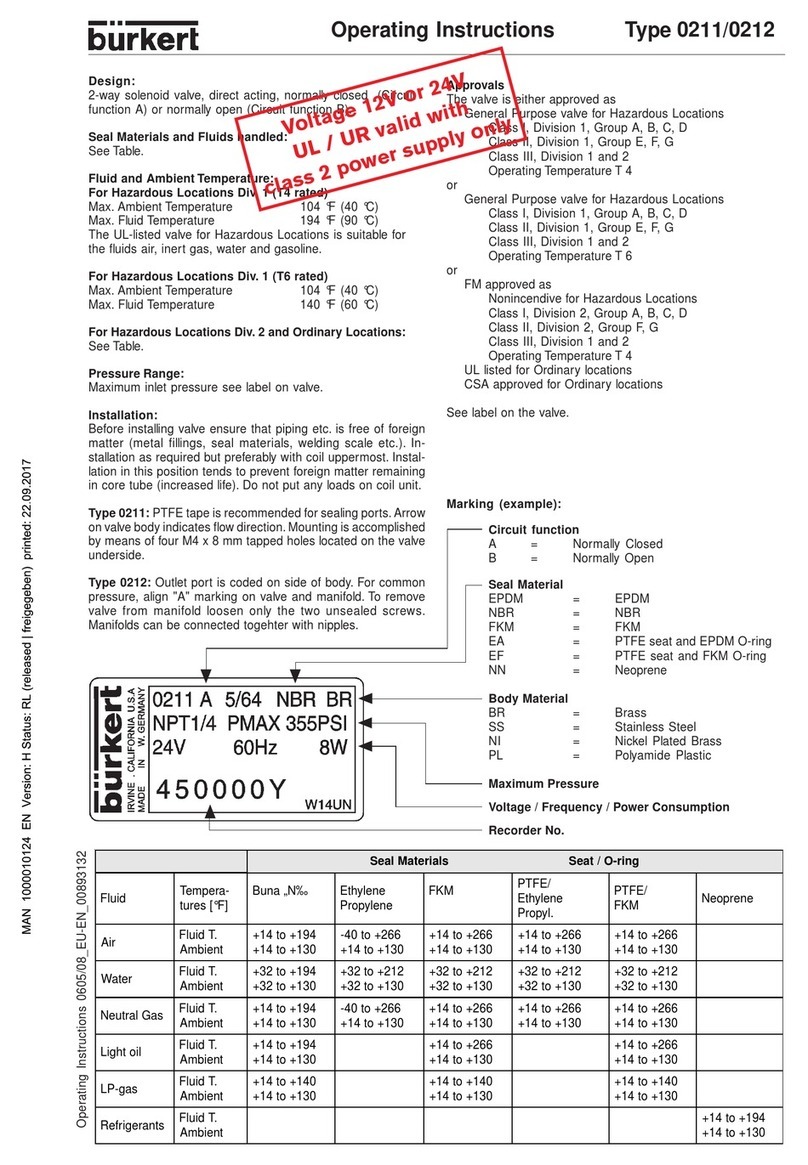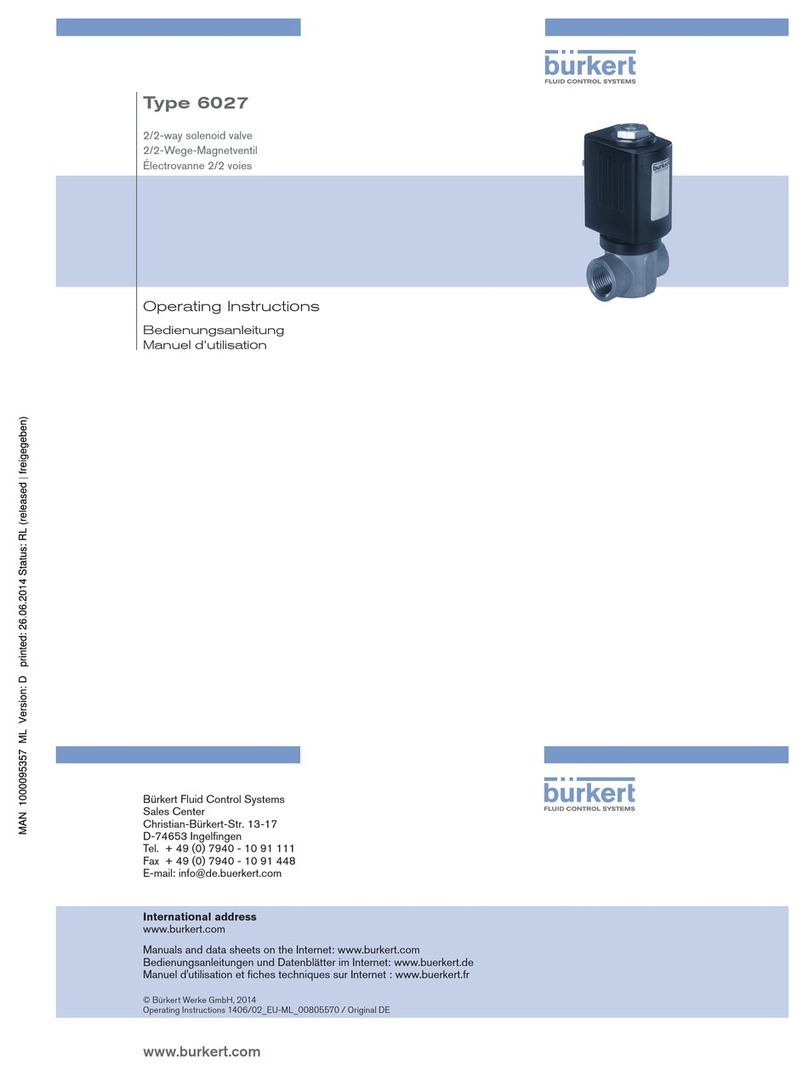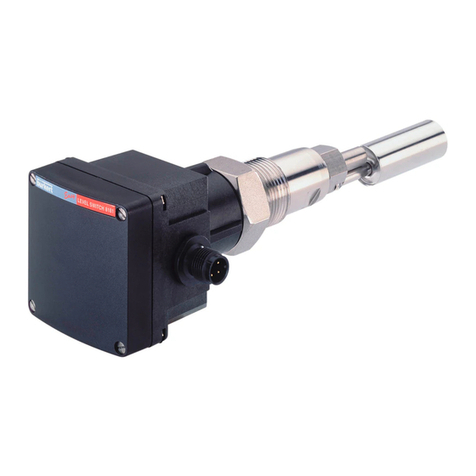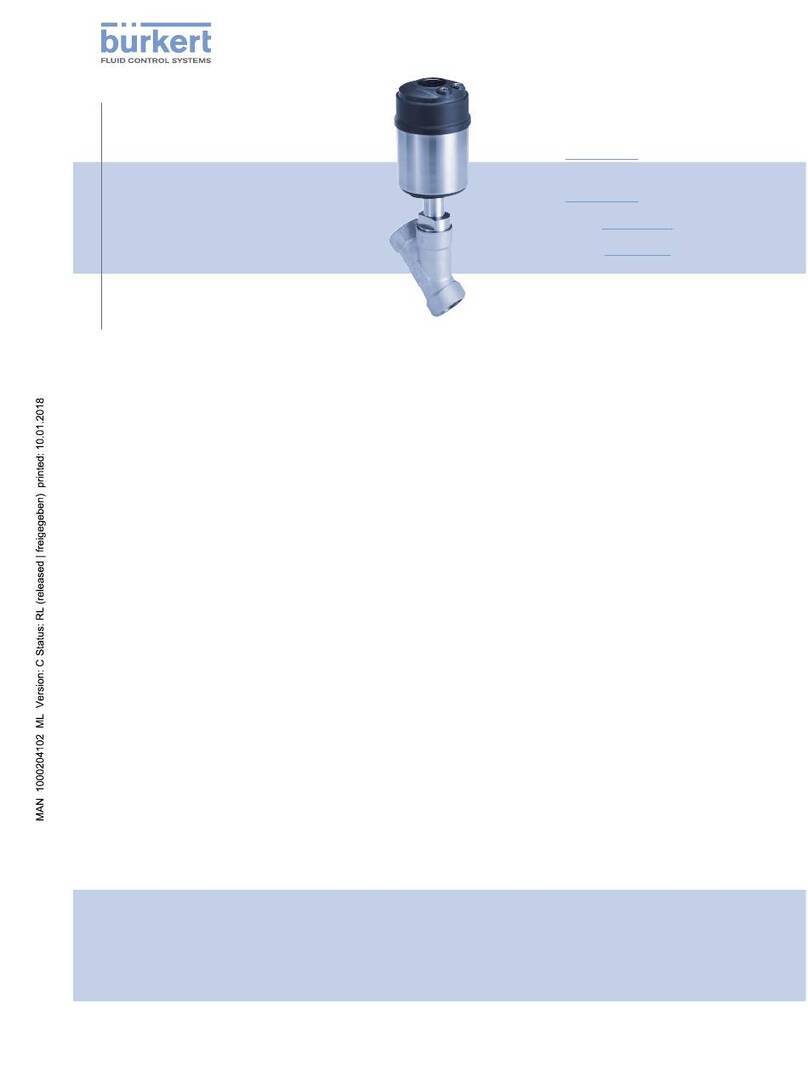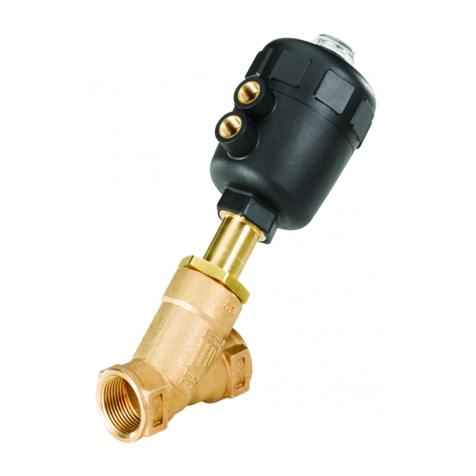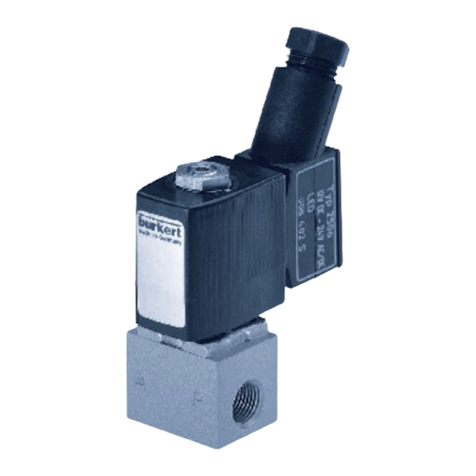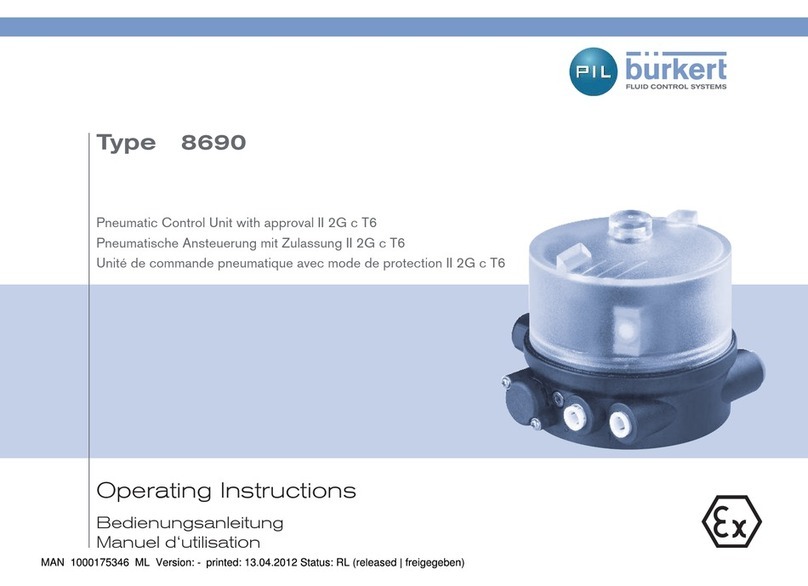
Type 6440
Safety instructions
7
Changes and other modifications, spare parts and accessories
Changes to the device, incorrect installation or use of non-approved devices or components create hazards
that can lead to accidents and injuries.
Do not make any changes to the device.
Do not mechanically load the device.
Observe the operating instructions of the device or component used.
Only use the devices in conjunction with approved devices or components.
Spare parts and accessories that do not meet Bürkert’s requirements may impair the operational safety of
the device and cause accidents.
To ensure operational safety, only use original parts from Bürkert.
Operation only after proper transport, storage, installation, start-up or maintenance.
Improper transport, storage, installation, start-up or maintenance endanger the operational safety of the
device and can cause accidents. This can lead to serious personal injury or death.
Only carry out works which are described in these instructions.
Only carry out works using suitable tools.
Have all other works carried out by Bürkert only.
Technical limit values and media
Non-compliance with technical limit values or unsuitable media can damage the device and lead to leaks.
This can cause accidents and seriously injure or kill people.
Comply with limit values. See Technical data [}11] and information on the type label.
Only feed media into the media ports that are listed in the chapter Technical data [}11].
Observe the safety data sheet for the media used.
Medium under pressure
Medium under pressure can seriously injure people. In the event of overpressure or pressure surges, the
device or lines can burst. Pneumatic lines that are defective or not securely fastened can come loose and
swing around.
Before working on the device or system, switch off the pressure. Vent or empty the lines.
Adhere to the permitted pressure ranges of the medium.
Comply with the permitted temperature ranges of the medium.
Electric shock due to electrical components
Touching live parts can result in severe electric shock. This can lead to serious personal injury or death.
Before working on the device or system, switch off the power supply. Secure it against reactivation.
Observe any applicable accident prevention and safety regulations for electrical devices.
Hot surfaces and fire hazard
The surface of the device can become hot with fast-switching actuators or with hot media.
Wear suitable protective gloves.
Keep highly flammable substances and media away from the device.




